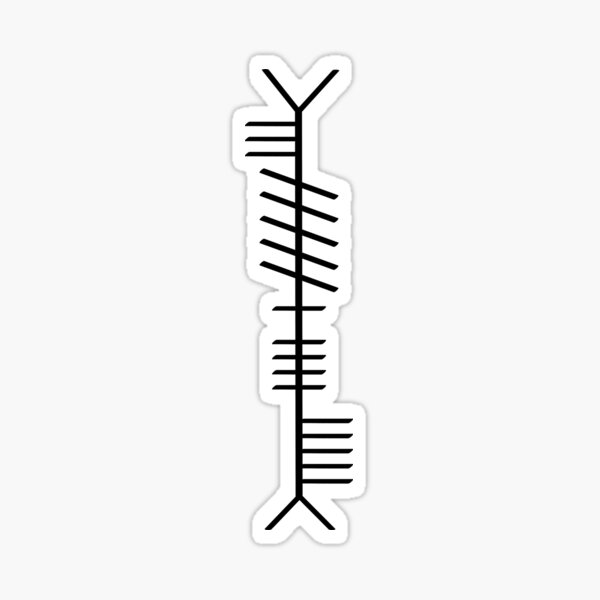Perhaps then, the green man appears on our medieval churches as a symbol of rebirth and resurrection, tying together the old ancient pagan symbols associated with spring with the christian faith. Green menthe eternal cycle the “green man” is the dimly remembered symbol of an ancient spirit of nature, recognized and revered by many civilizations and adopted by many religions.
The greenman is the legendary pagan god who roams the woodlands.

Green man symbolism pagan. Traditionally depicted dressed in gree. The earth is deemed to be alive and constantly changing. While this theory is debated, we see a.
He appears as many characters in different mythologies. Among some of the most beautiful pagan symbols are the various images of the green man. Nonetheless, the article goes on to make all sorts of claims about what the green man supposedly represented for ancient “pagan” cultures, insisting that he “is believed to have been.
The symbol of godhood within the male and its relationship with the transcendent life force our goddess, the female expression of divinity. The green man is a symbol used in wiccan rituals. Generally he is seen in medieval cathedrals, however, his origins are further back in pagan times.
The green man pagan god, jack in the green, and the burryman. The forest symbol was, of course, a part of british heritage and a defender of green spaces. The green man is one of the most ancient and most pagan of all symbols to be found in the christian church.
Certainly his origins are entwined inextricably with paganism, folk lore and superstition as well as the church, but just how old is he? Who carved the first green man? The green man, and very occasionally the green woman, is a legendary being primarily interpreted as a symbol of rebirth, representing the cycle of new growth that occurs every spring.
After the renaissance era, the faces changed from men to animals. These books generally focused on his spirit. The green man is an archetypal figure signifying irrepressible life (anderson 14).
The green man is believed to have been intended as a symbol of growth and rebirth, the eternal seasonal cycle of the coming of spring and the life of man. This symbol appears in sculptures and on buildings all over the world. Mysterious, prevalent, and a global figure, the green man hints at an early connection between the regions of the world, symbolizing nature and its power, fertility, and more.
Where exactly did he originate? The green man represents virility and fertilization. Some speculate that the mythology of the green man developed independently in the traditions of separate ancient cultures and evolved into the wide variety of examples found throughout history.
While much about the green man is unknown, its influence on modern culture cannot be underestimated. Wiccan beliefs consider the universe to be balanced and a living thing. The green man can be.
Humans are considered to be a part of the earth and are part of nature. The green man is mainly associated with the symbol of rebirth, representing the cycle of growth each spring. He is present wherever crops are grown and harvested.
There is little importance given if some of the images were the result of christian, rather than. He represents the spirit of vegetation which returns to the earth in spring and flourishes in summer. There’s a theory that green man was once a central figure of may day, in ancient ireland called beltane, a fire and fertility festival.
Some say he is the ancient guardian of the forest. The green man was originally pagan, but many green man images can be found carved on churches. Robin hood is a heroic outlaw in english folklore who, according to legend, was a highly skilled archer and swordsman.
Mrs basford states that the motif of the green man is pagan in origin (basford 1978, 19). However the common theme which runs through these figures would seem to be that of death and rebirth, and the green that means life. He is also a composite image, of man and plant, therefore a union of humanity and the vegetable world, and he knows and tells us the secrets of nature.
When i started my research into the motif, some of the literature supported my original image of the green man; The green man is most commonly depicted in a sculpture, or other representation of a face which is made of, or completely surrounded by, leaves. He is a pagan symbol who heralds spring after a long winter and the renewal of lush vegetation.
The green man is an ancient symbol of life and renewal. His name means the green one or verdant one, he is the voice of inspiration to the aspirant and committed artist. Everything has its place in the world of wicca.
The forest symbol was, of course, a part of british heritage and a defender of green spaces. The simple description of a green man symbol is a male face featuring leaves all over it. She reports a number of examples of foliate heads dating from the 1st, 2nd and 3rd centuries ad, and she states that the motif was used in temples serving many different deities.
He usually is depicted as a horned man peering out of a mask of foliage, usually the sacred oak. The icon of several religions, the green man’s history spans from medieval churches to hippies in the 60s.
Mystical Wall Plaque Collection Triple Hare Wall Plaque
10 Ancient Celtic Symbols Explained

Traditional Pagan Christmas Decorations

"Mask of the Ancient God" new, black and white surrealism

Ogham Gifts & Merchandise Redbubble